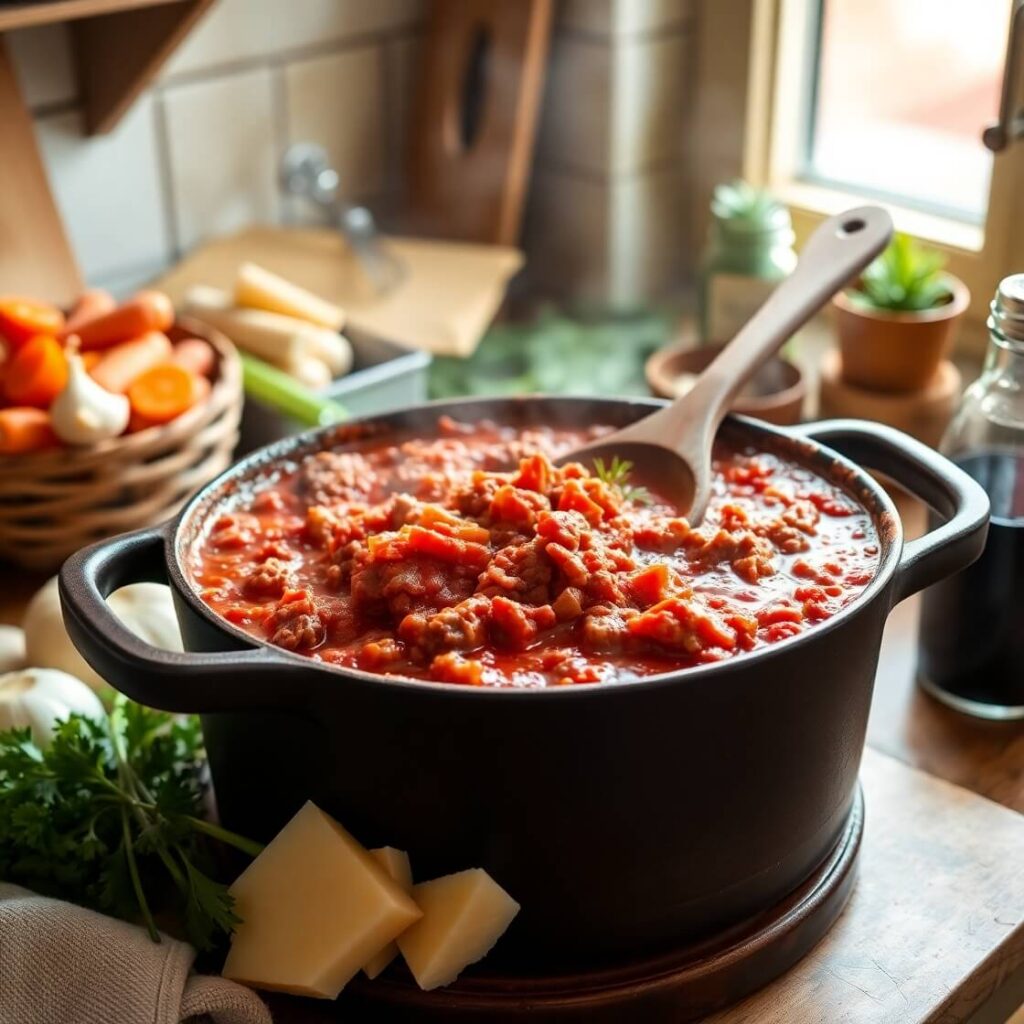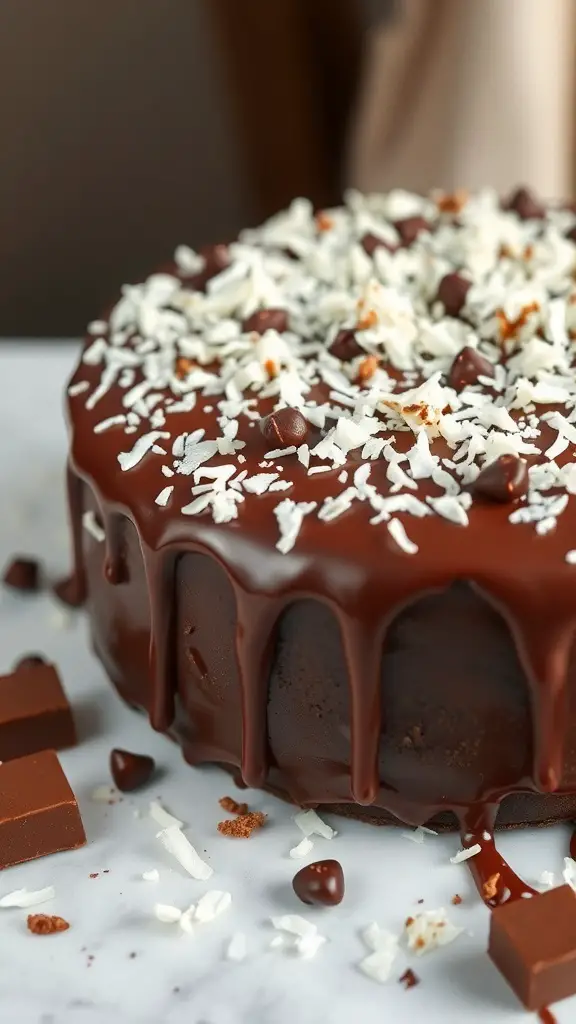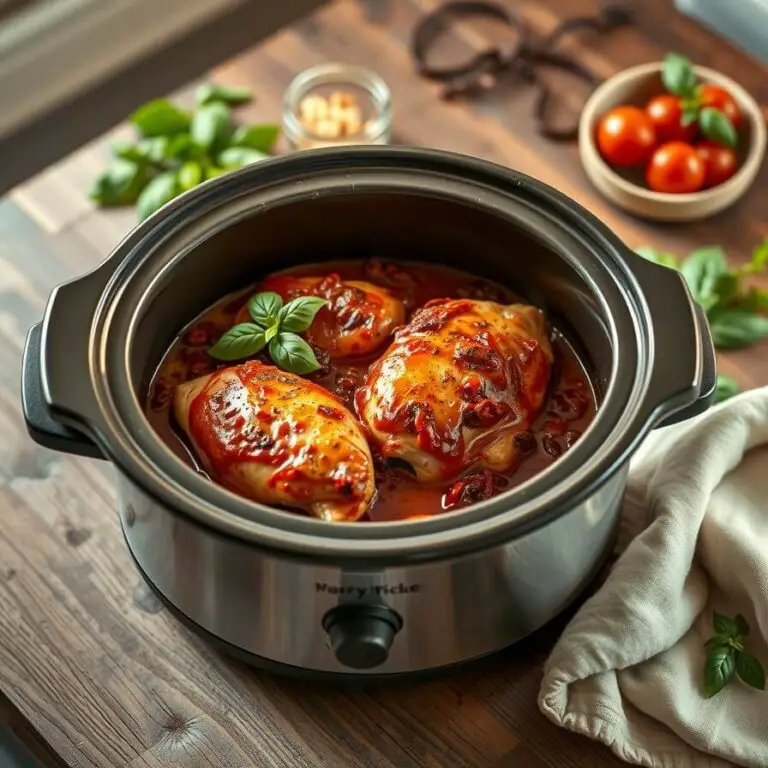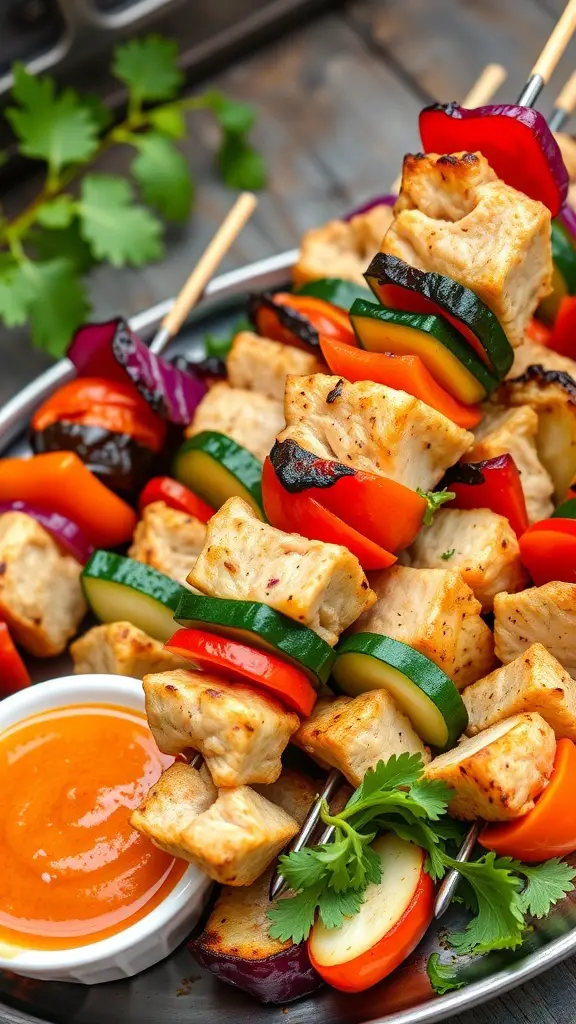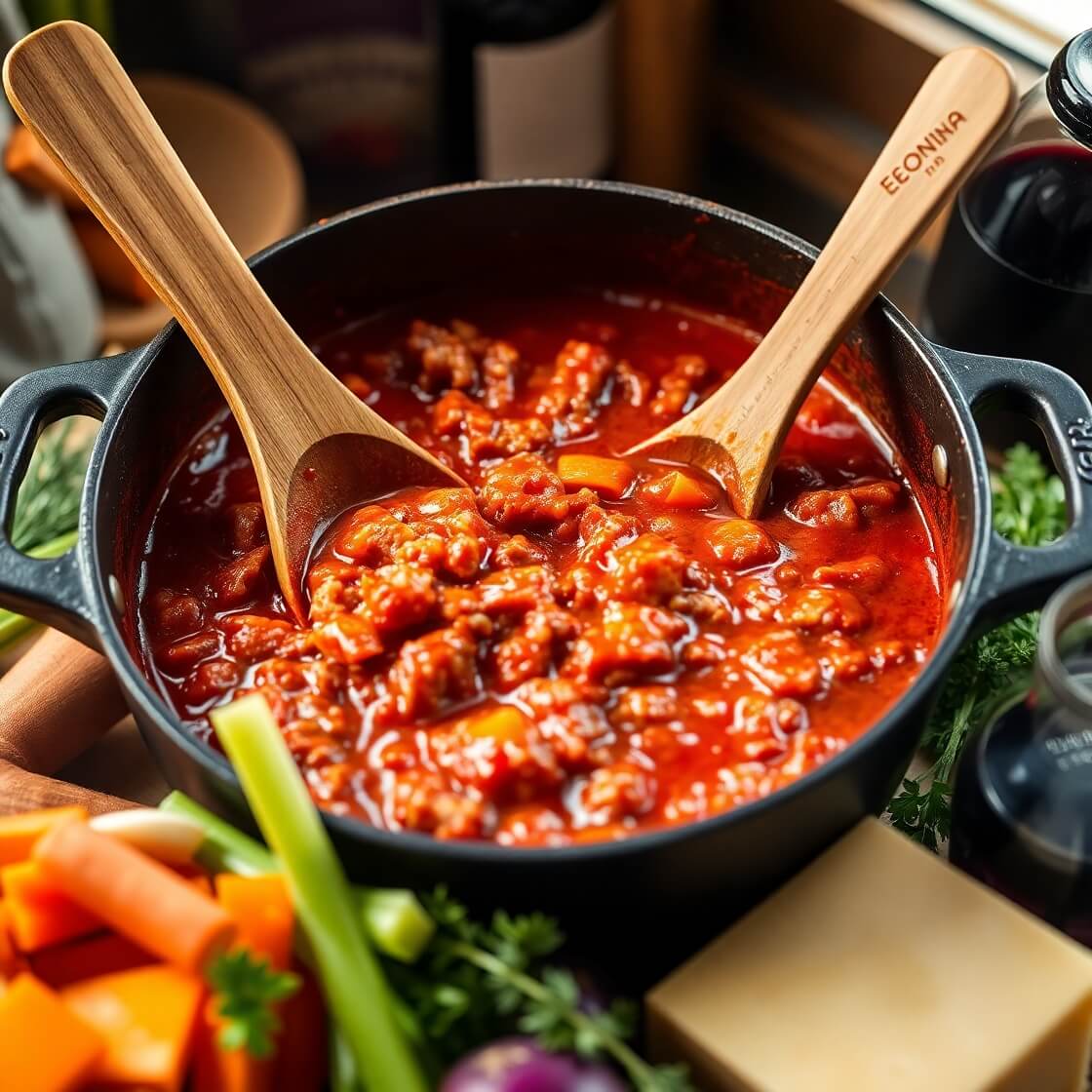
I still remember the first time I made Bolognese sauce from scratch. It was a chilly Sunday afternoon, and I was craving something hearty, comforting, and deeply flavorful—something that would make the whole kitchen smell like home. I had grown up with the quick jarred sauces, but I knew there was something more authentic and soulful about the real thing. So, I rolled up my sleeves, poured a glass of red wine (some for the sauce, some for me), and took my time building flavor layer by layer.
And let me tell you—this Bolognese is not just any meat sauce. It’s the kind of dish that simmers slowly and fills the air with the kind of aroma that has everyone asking, “What’s cooking?” It’s warm, meaty, and rich without being heavy. Whether you’re feeding your family on a weeknight or impressing guests over a weekend dinner, this is one recipe that belongs in your regular rotation.
Why I Love This Recipe
What makes this Bolognese so special isn’t just the ingredients—it’s the process. This is a sauce that takes time, yes, but every step is worth it. There’s something meditative about chopping the veggies finely, caramelizing them in olive oil, slowly browning the meat until it’s deeply golden, and then letting everything simmer together with tomatoes and wine until it becomes one harmonious, velvety pot of magic.
The beauty of this dish is its versatility. You can serve it over silky tagliatelle, spoon it over creamy polenta, or layer it into a lasagna. And because it’s slow-cooked, the flavor develops in such a way that you don’t need anything fancy—just patience and a few pantry staples.
It’s deeply satisfying, filling without being too rich, and perfect for batch cooking. In fact, this is one of those dishes that actually tastes even better the next day. And if you’re a meal prepper, this sauce freezes beautifully.
Ingredients for Bolognese Sauce
If you want to make a Bolognese that truly sings, the secret is all in the layering of flavors. We’re not just throwing meat and tomatoes into a pot—we’re building a flavor base that turns simple ingredients into something extraordinary.
Here’s what you’ll need:
- Olive oil and butter – Using both gives the sauce a balance of richness and flavor. The butter lends a silkiness while the olive oil adds depth.
- Onion, carrot, and celery (soffritto) – This aromatic trio is essential. It adds natural sweetness and creates the base for the entire sauce.
- Garlic – Just a little, for a subtle warmth.
- Ground beef and ground pork – A combination brings richness and texture. You could use just one, but together, they create a well-rounded flavor.
- Tomato paste – Intensifies the tomato flavor and adds a touch of sweetness.
- Red wine – Adds depth and complexity. Don’t skip this—it’s a game changer.
- Whole milk – Balances the acidity from the tomatoes and keeps the sauce velvety.
- Crushed tomatoes – Not too chunky, not too smooth. Just right.
- Bay leaves, dried oregano, nutmeg, and black pepper – These give the sauce warmth and aroma without overpowering the meat.
- Salt – To taste, but it’s best to season gradually as the sauce reduces.
Optional: If you’re making this ahead or want a little luxury, a splash of cream at the end makes it truly indulgent.
How Much Time Will You Need
This isn’t your 30-minute weeknight sauce—and that’s the point. Bolognese is a dish that benefits from time and patience.
- Prep time: 20 minutes
- Cook time: 2.5 to 3 hours
- Total time: About 3 hours
But remember, most of that is hands-off time. Once everything is in the pot, it’s all about a gentle simmer and occasional stirring. You can even make this the day before and reheat when you’re ready to serve.
How to Make This Bolognese Sauce
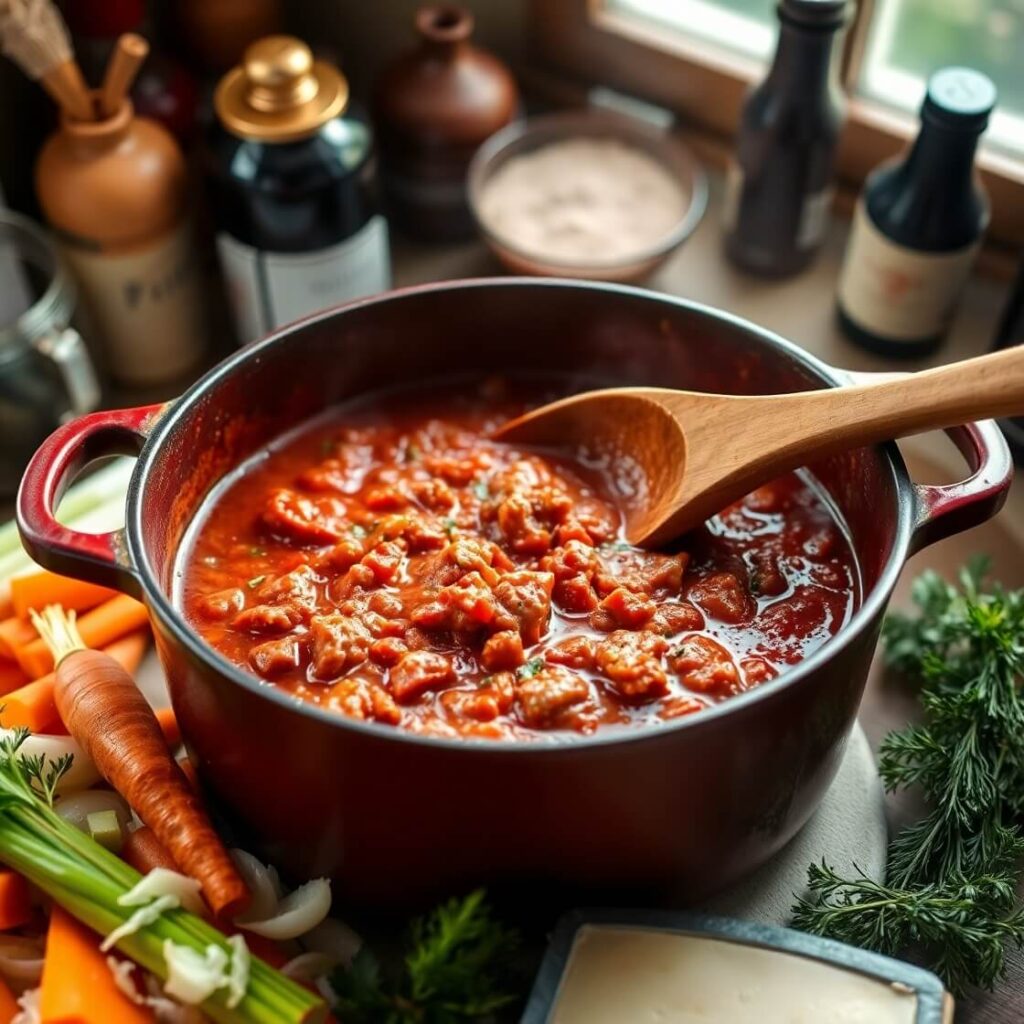
Here’s how I do it, step by step. Each part of the process builds a layer of flavor, so don’t rush it.
Step – 1: Start with the Soffritto
Heat the olive oil and butter in a large Dutch oven over medium heat. Add the finely diced onion, carrot, and celery. Cook slowly for about 10-15 minutes, stirring often, until the vegetables are soft, fragrant, and just beginning to caramelize.
Step – 2: Add the Garlic and Tomato Paste
Stir in the minced garlic and tomato paste. Let it cook for 2-3 minutes, allowing the tomato paste to darken slightly—it should smell rich and sweet.
Step – 3: Brown the Meat
Add the ground beef and pork to the pot, breaking it up with a spoon. Cook until the meat is browned all over, with no pink remaining. Don’t rush this step—browning adds depth of flavor. You want the meat to caramelize a little in places.
Step – 4: Deglaze with Wine
Pour in the red wine and scrape the bottom of the pot to loosen any browned bits. Simmer for 5-7 minutes, letting the alcohol cook off and the wine reduce slightly.
Step – 5: Add Tomatoes and Milk
Stir in the crushed tomatoes and milk. Add the bay leaves, oregano, nutmeg, and freshly ground black pepper. Bring the sauce to a gentle simmer.
Step – 6: Let It Simmer Low and Slow
Reduce the heat to low and partially cover the pot. Let it simmer gently for at least 2 hours, stirring every 20-30 minutes. You want the sauce to reduce and thicken slowly. Add a splash of water if it gets too thick too fast.
Step – 7: Final Taste and Texture
Once the sauce is thick and deep red in color, taste and adjust seasoning. If you want a creamier finish, add a splash of cream or an extra pat of butter at the end.
Substitutions
One of the things I love most about Bolognese is how forgiving it is. You can customize it to suit your tastes, your pantry, or your dietary needs.
- Meat options: Swap ground pork with Italian sausage for a spicier kick. Or use ground turkey or chicken for a leaner version.
- No wine? Use beef broth with a splash of balsamic vinegar for depth.
- Milk alternatives: Oat milk or unsweetened almond milk can work in a pinch—though dairy will give you the creamiest results.
- Tomatoes: You can use passata for a smoother texture or diced tomatoes if you like it chunkier.
Just remember—don’t skip the soffritto, and don’t rush the simmering.
Best Side Dishes for Bolognese Sauce
Pairing your Bolognese with the right side dish can turn it into a restaurant-worthy meal.
- Garlic Bread – Crispy on the outside, buttery and soft inside. It’s perfect for soaking up every drop of sauce.
- Simple Green Salad – Something light and peppery, like arugula with lemon vinaigrette, balances the richness of the sauce.
- Roasted Vegetables – Caramelized carrots, zucchini, or Brussels sprouts make a wholesome, colorful side.
Serving and Presentation Tips
One of my favorite parts of making Bolognese is serving it—it’s such a comforting, rustic dish, but that doesn’t mean it can’t look beautiful too.
Whether you’re plating up a bowl for yourself or serving a crowd, presentation makes a difference. I love spooning the sauce over wide, ribbon-like pasta such as tagliatelle or pappardelle—it clings perfectly and showcases the rich texture. Always toss the pasta with the sauce before serving instead of just plopping it on top; it helps the flavors marry beautifully.
Finish with a generous grating of fresh Parmigiano-Reggiano, a drizzle of good olive oil, and maybe a little sprinkle of fresh parsley. Serve it in a warm, shallow bowl for the best visual and cozy dining experience. If it’s a special occasion, set the table with candles and rustic bread for that true Italian trattoria vibe.
Tips and Tricks to Make This Recipe Even Better
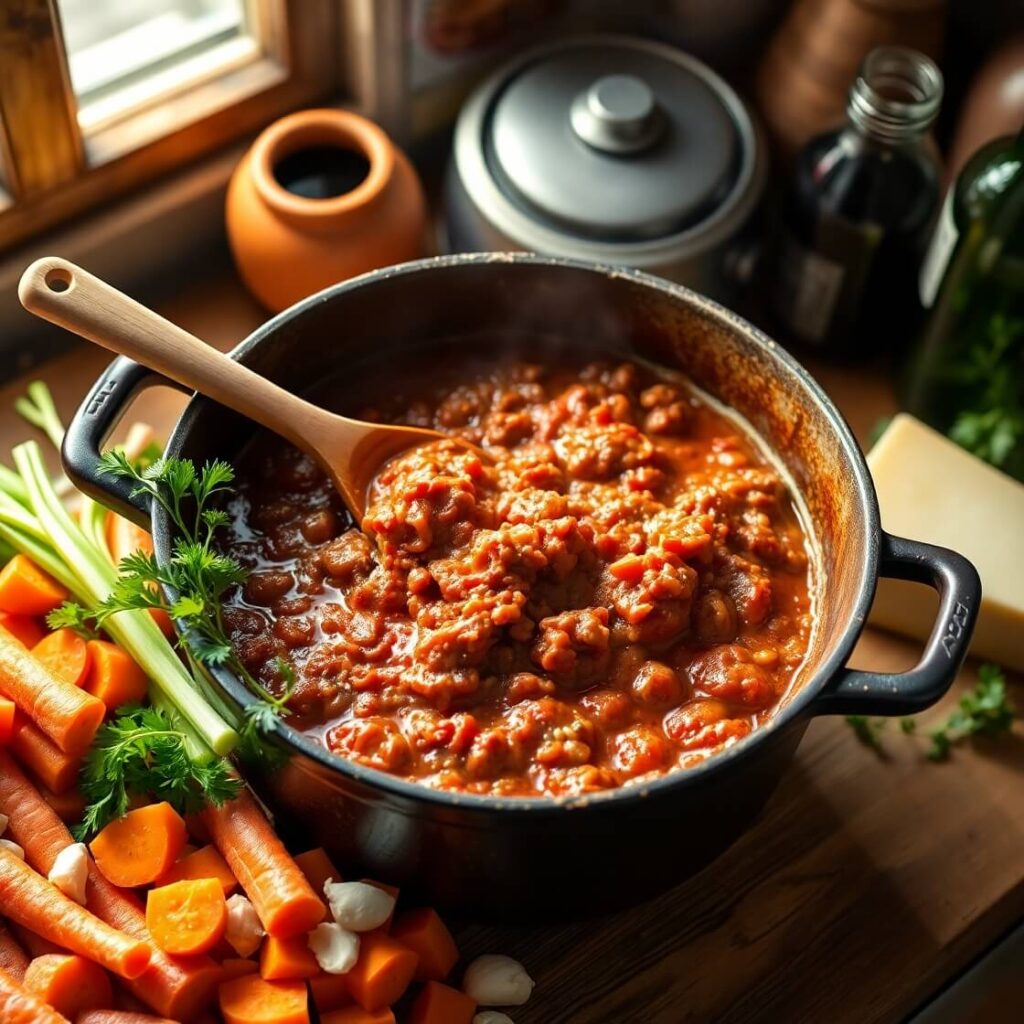
If you want your Bolognese to go from good to unforgettable, here are some of my go-to secrets:
- Use a mix of meats – Combining beef and pork creates a deeper, more layered flavor. Don’t be afraid to use pancetta or veal if you’re feeling fancy.
- Cook low and slow – The longer it simmers, the better it tastes. If you can give it 3 hours, do it.
- Deglaze properly – Don’t rush the wine step. Let it reduce fully so the alcohol cooks off and the flavor deepens.
- Use whole milk – It adds a smooth, slightly sweet note that balances the acidity of the tomatoes.
- Make it ahead – Bolognese always tastes better the next day. The flavors continue to develop overnight in the fridge.
Common Mistakes to Avoid
Even though this recipe is pretty forgiving, there are a few things that can go wrong if you’re not careful:
- Skipping the soffritto – This base layer of onion, carrot, and celery is crucial. Don’t skip it or undercook it—it sets the tone for the whole dish.
- Not browning the meat enough – You want some color on your meat. If it just steams, you’ll miss out on flavor.
- Using too much tomato – Bolognese is not a tomato-heavy sauce. It should be meaty with a gentle tomato background.
- Rushing the process – This sauce is all about patience. Short cooking times mean less flavor.
- Serving without tossing – Always mix your pasta and sauce together before serving so every bite is perfectly coated.
How to Store It
If you’ve got leftovers, lucky you! This Bolognese stores like a dream.
- Refrigerator: Store in an airtight container for up to 4 days. Let it cool completely before sealing.
- Freezer: This sauce freezes beautifully. Let it cool, then spoon into freezer-safe containers or zip-top bags. It will keep for up to 3 months.
- Reheating: Gently reheat on the stove over medium-low heat. Add a splash of water or milk to loosen it up if needed.
Tip: Freeze in single-serving portions for quick lunches or easy weeknight dinners.
FAQ
Can I make this in a slow cooker?
Yes! Just do the initial browning and soffritto steps on the stove, then transfer everything to the slow cooker and let it simmer on low for 6–8 hours.
Is Bolognese the same as meat sauce?
Not quite. Bolognese is thicker, richer, and cooked low and slow. It’s not just ground meat in tomato sauce—it’s deeper and creamier.
Can I use ground turkey instead of beef and pork?
Absolutely. It’ll be lighter, and while the flavor is slightly different, it’s still delicious—especially if you use turkey thigh meat for extra richness.
What pasta works best with Bolognese?
Tagliatelle, pappardelle, or fettuccine are best. But really, any pasta you love will do.
Can I double this recipe?
Yes! It scales beautifully. Just make sure you have a large enough pot, and extend the cooking time a bit so the flavors still develop fully.

Bolognese Sauce
- Total Time: 3 hours
- Yield: 6–8 1x
- Diet: Halal
Description
This slow-simmered Bolognese sauce is everything a comfort meal should be—savory, meaty, rich, and soul-warming. Made with a classic soffritto base, a blend of ground beef and pork, a splash of red wine, and just the right touch of milk to smooth it all out, this sauce is a labor of love. It’s ideal for tossing with fresh tagliatelle, spooning into lasagna layers, or even freezing for future cozy dinners. Whether you’re feeding a crowd or meal prepping for the week, this is the kind of recipe that keeps on giving—deliciously.
Ingredients
- 2 tbsp olive oil
- 2 tbsp unsalted butter
- 1 large onion, finely chopped
- 1 medium carrot, finely chopped
- 2 celery stalks, finely chopped
- 3 cloves garlic, minced
- 1 lb ground beef
- ½ lb ground pork
- 2 tbsp tomato paste
- 1 cup red wine
- 1½ cups whole milk
- 1 can (28 oz) crushed tomatoes
- 2 bay leaves
- ½ tsp dried oregano
- ⅛ tsp ground nutmeg
- Salt and pepper to taste
- Optional: splash of heavy cream
Instructions
- Heat olive oil and butter in a large Dutch oven. Add onion, carrot, and celery; sauté until soft and golden.
- Stir in garlic and tomato paste; cook for 2–3 minutes.
- Add ground meats; cook until fully browned and slightly crispy in spots.
- Pour in red wine, scraping up any browned bits. Let simmer until the wine has mostly evaporated.
- Stir in milk, tomatoes, bay leaves, oregano, nutmeg, salt, and pepper.
- Reduce heat to low and let simmer for 2.5–3 hours, stirring occasionally.
- Adjust seasoning to taste. Stir in cream (optional) for extra richness.
Notes
- This sauce tastes even better the next day.
- Serve over wide pasta like tagliatelle or pappardelle.
- Freeze leftovers in portions for easy weeknight meals.
- Prep Time: 20 minutes
- Cook Time: 2.5 to 3 hours
- Category: Main Course
- Method: Simmering
- Cuisine: Italian
Nutrition
- Serving Size: 6–8
- Calories: 410
- Sugar: 6g
- Sodium: 510mg
- Fat: 28g
- Saturated Fat: 11g
- Unsaturated Fat: 14g
- Trans Fat: 0g
- Carbohydrates: 13g
- Fiber: 3g
- Protein: 25g
- Cholesterol: 85mg

